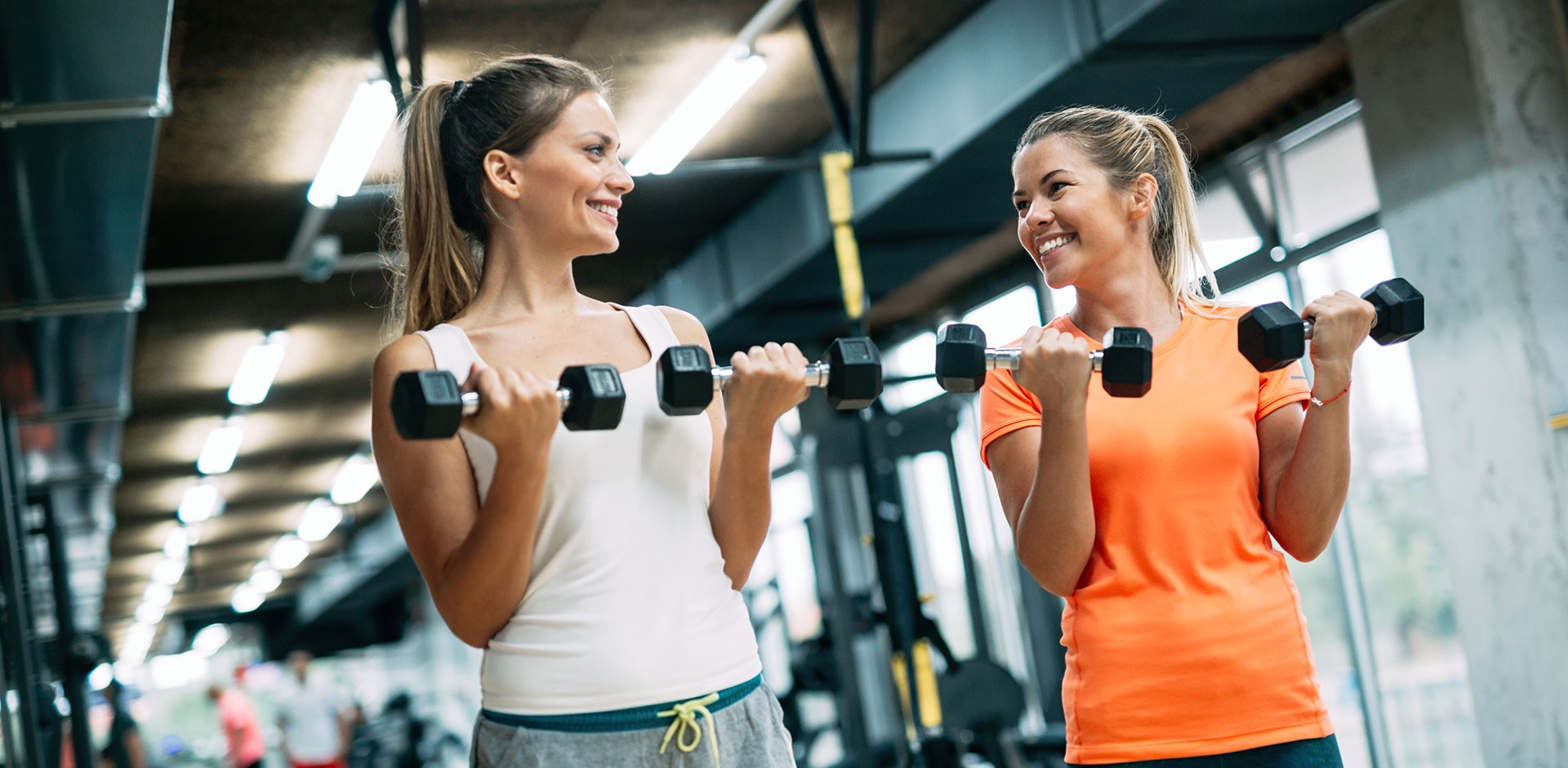Running or gym? Or maybe it's worth combining one with the other? Runner’s training should not only be based on overcoming different distances. The complete plan should also include elements of dynamic strength, jumping, plyometric, stabilization, gymnastics, endurance and reaction time. Exercises are nothing but a tool, and their use using the right method can increase the runner's efficiency.
Why is it worth completing running training with gym exercises?
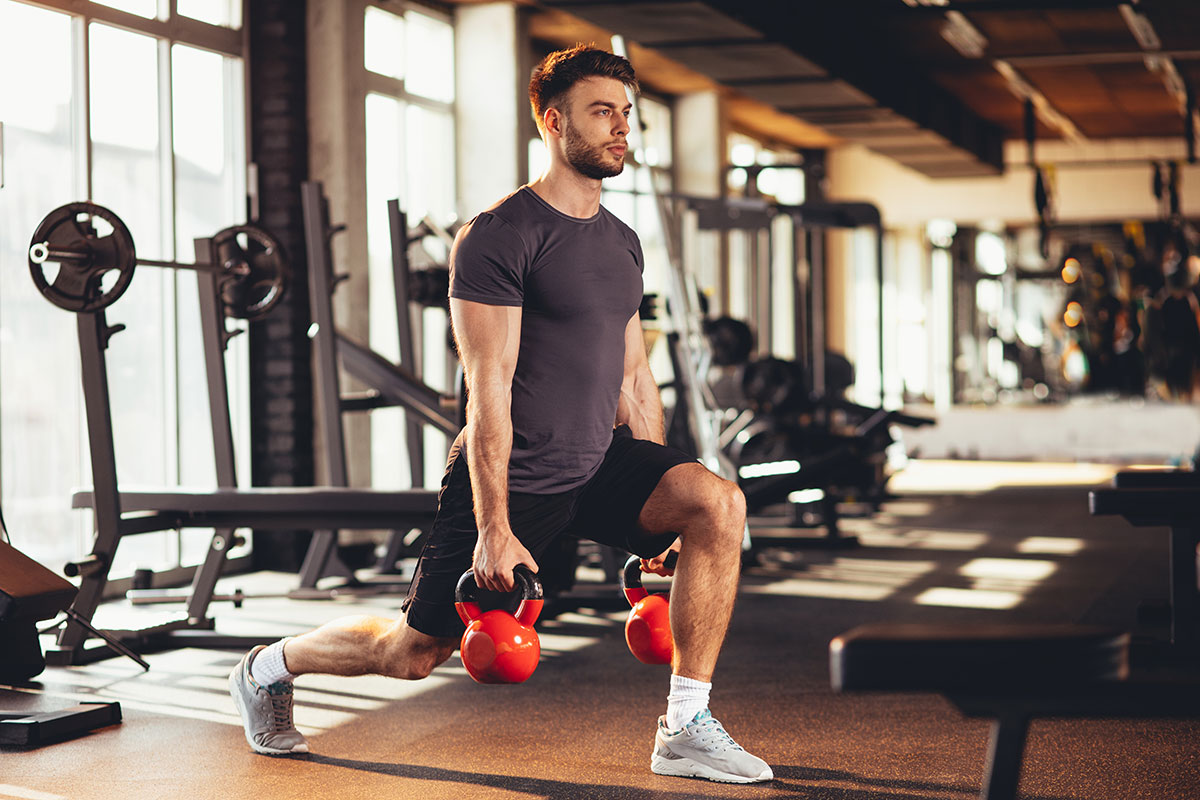
A lot of people live in the belief that the gym is building strength, and the condition is shaped by running. When we say "strength", we usually mean the size of muscle mass - both the general and the size of individual parts of the body. Indeed, large muscles have greater strength potential, but this is not crucial. More important is how many motor units the nervous system can activate in the right sequence by doing the movement.
The main reasons why you should do strength training as a runner:
1. The ability to compensate for abnormal muscle strength
Regular resistance training can help to correct the imbalance in the work of various muscle groups. A common problem that causes a runner's injury is the inadequate ratio of quadriceps to sci-fi muscles.
2. The possibility of increasing the power
Strength training improves power and explosive power throughout the body, which in turn translates into improved runner’s performance.
3. The possibility of increasing strength
Turning away from strength training, because of the fear of developing a large muscle mass, is a common mistake. Thanks to the appropriate exercise program, you can increase your strength and muscle density without drastically increasing your muscularity, which could slow you down.
Performing two to three sessions a week is enough to fully use the potential of strength training. The basic goal of the gym exercise is to focus on correcting the imbalance of muscle strength and repairing disturbed movement patterns.
How to train "pace"?
Pace is acceleration and speed of running, which is the ability to perform movements in the shortest time segments.
All human activities can be time-limited on the basis of the relationship of work to rest. There are two methods on which you can base - continuous and interval method. If your goal is to improve your aerobic capacity - where you can do a long job at low intensity - choose a continuous method. If on the other hand you want to be efficient in short, very intense efforts, work using the interval method. In the case of sprinters, the basic principle in speed training is to give one’s best during each one repetition. So during the exercise, try to ensure that the value of the next repetition does not decrease by more than 10-15%. The number of repetitions should be 6-8. The application of appropriate measures tailored to a given discipline will affect what effect we can achieve.
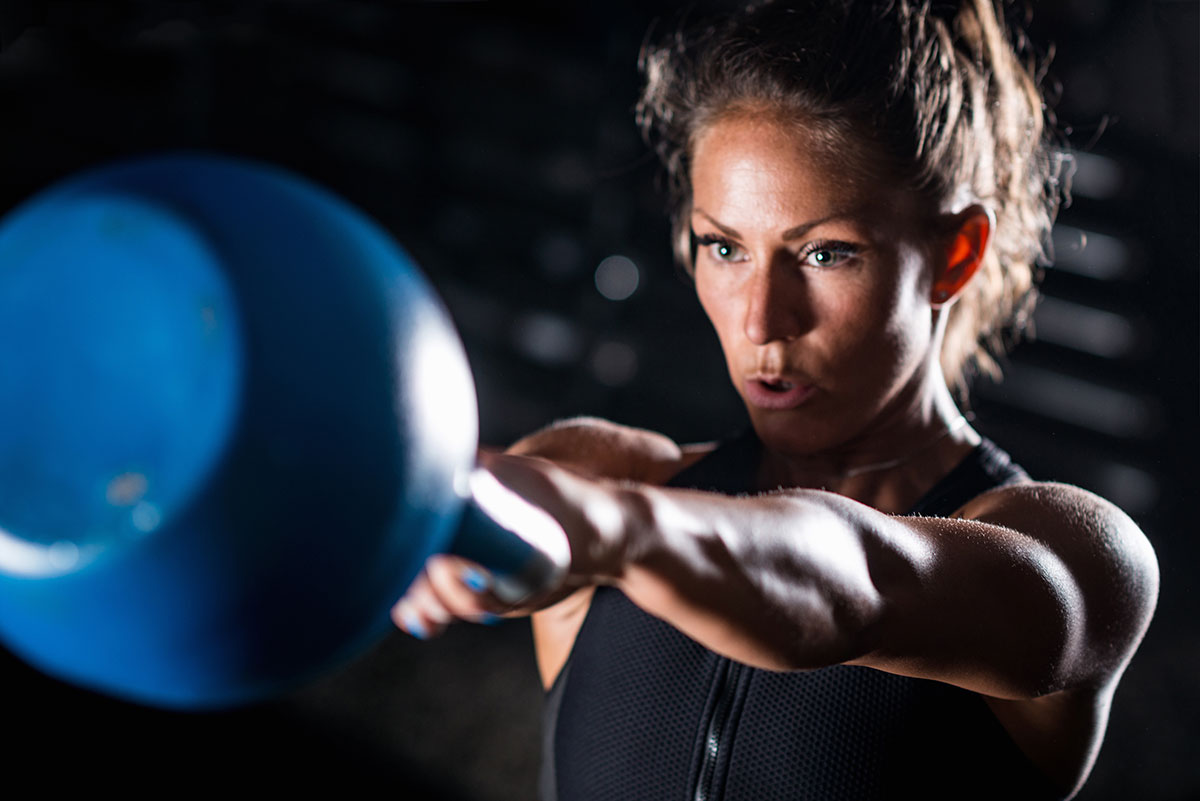
The essential technical element that is used to achieve the best movement economics is triple extension.
This is a complex upright movement in the three joints of the lower limb. It consists of:
• hip extension,
• knee extension,
• ankle extension.
There are a lot of exercises that you can use to improve triple extension, such as kettle bell swing, jump from a quarter of a squat with a barbell, or throw of the exercise ball from the chest with a jump.
Plyometric training
Research indicates an improvement in running fitness when combining plyometric and strength training. These exercises are combinations of dynamic jumps and throws. First of all, these are movements that force the body to maximally stimulate the neuromuscular system. Their task is to generate as much muscle power as possible during exercise. They allow improving reflexes, agility, and speed; translate into better results in running. They form the basis of the training of many recognized athletes.
Strength Training
1. Barbell bench press
2. Lat pull down
3. Back squats
4. Leg curl
5. Leg extension
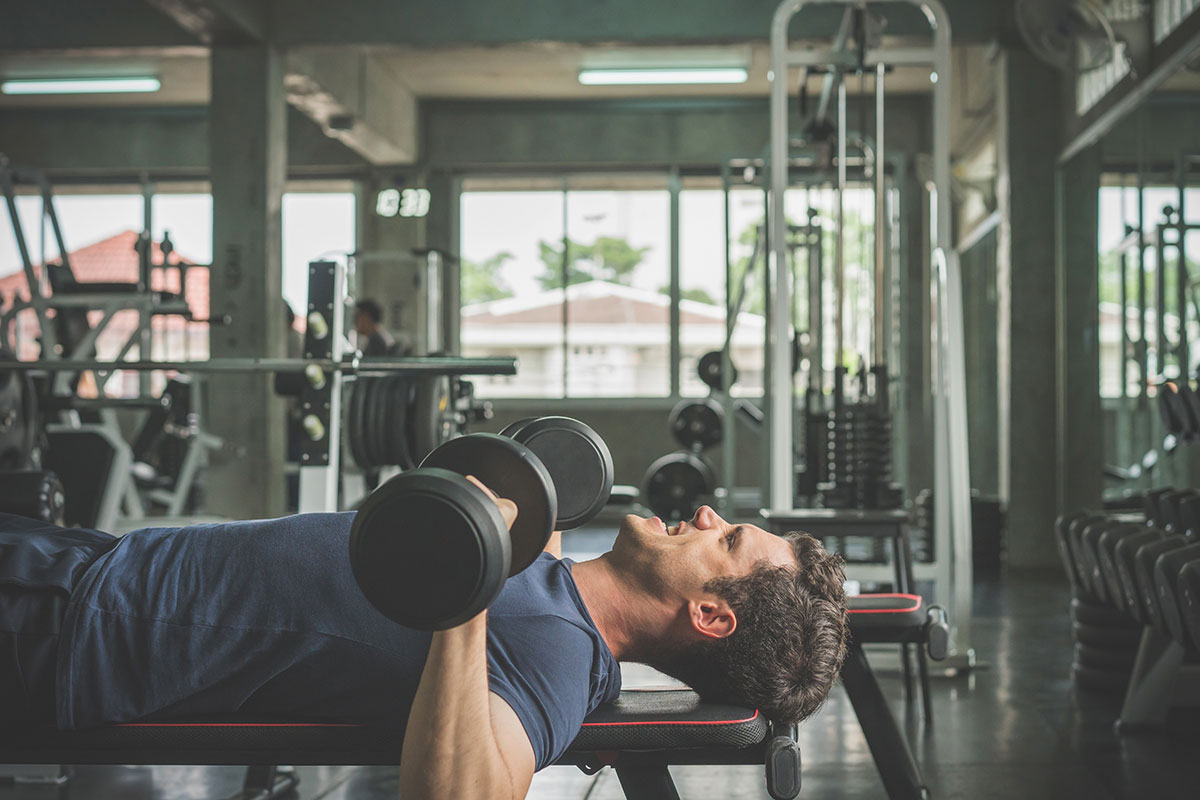
Plyometric training
1. Exercise ball throw from before the chest
2. Exercise ball throw above the head
3. Chest dip with a jump
4. Jump squat
5. Tuck jump
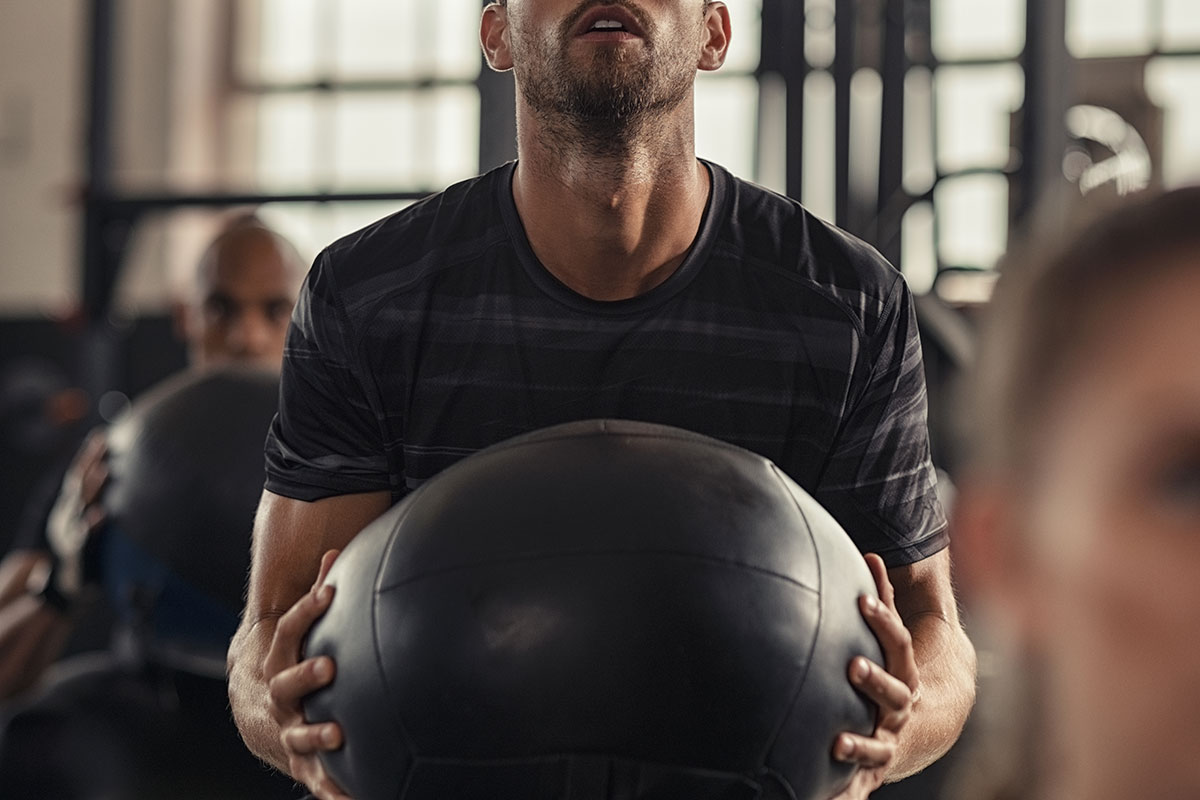
How can you combine running with other workouts?
Each of us needs an individual approach, but it is certain that the inclusion of strength training can improve your results regardless of whether you run long or short distances. Working on strength allows you to reduce the amount of energy needed to achieve a specific pace of running. Adding a gym visit to the schedule will not only make you faster and more efficient, but also minimize the risk of injury. If you do not know how to properly plan your training, ask our Calypso trainer for help.
It is worth training two to three times a week, with at least 24 hours, and preferably 48 hours rest between strength sessions.
It's worth interleaving trainings with you in the system:
• Monday: interval run
• Tuesday: strength training
• Wednesday: short run
• Thursday: strength training
• Friday: long run
• Saturday: strength training
• Sunday: rest
A brief overview of the number of repetitions and their impact on results:
• A range of 3 to 5 repetitions: building strength and muscle density.
• Range from 6 to 12 rep: building muscle strength.
• A range of 12 repetitions and more: building endurance.
Match the number of reps to your goal. Particular attention should be paid to the proper time for regeneration. Try not to run and train on the same day. Otherwise, you will increase the risk of injury.
What type of exercise to perform? Is it better to do workouts using the resistance of your own body or accessories?
When you decide to do strength training, you can use the equipment available in the gym or train with the weight of your own body. Good exercises for runners include glute bridges, planks, mountain climbers, bodyweight squats, set-ups, lunges, bird dogs, push-ups, burpees. If you want to use additional tools that will diversify your training, you should attach accessories such as TRX, exercise balls, kettlebells, dumbbells, barbells, resistance rubbers. However, none of these options is necessary. You will also do effective training without any equipment.
Accessories that are worth using during training:
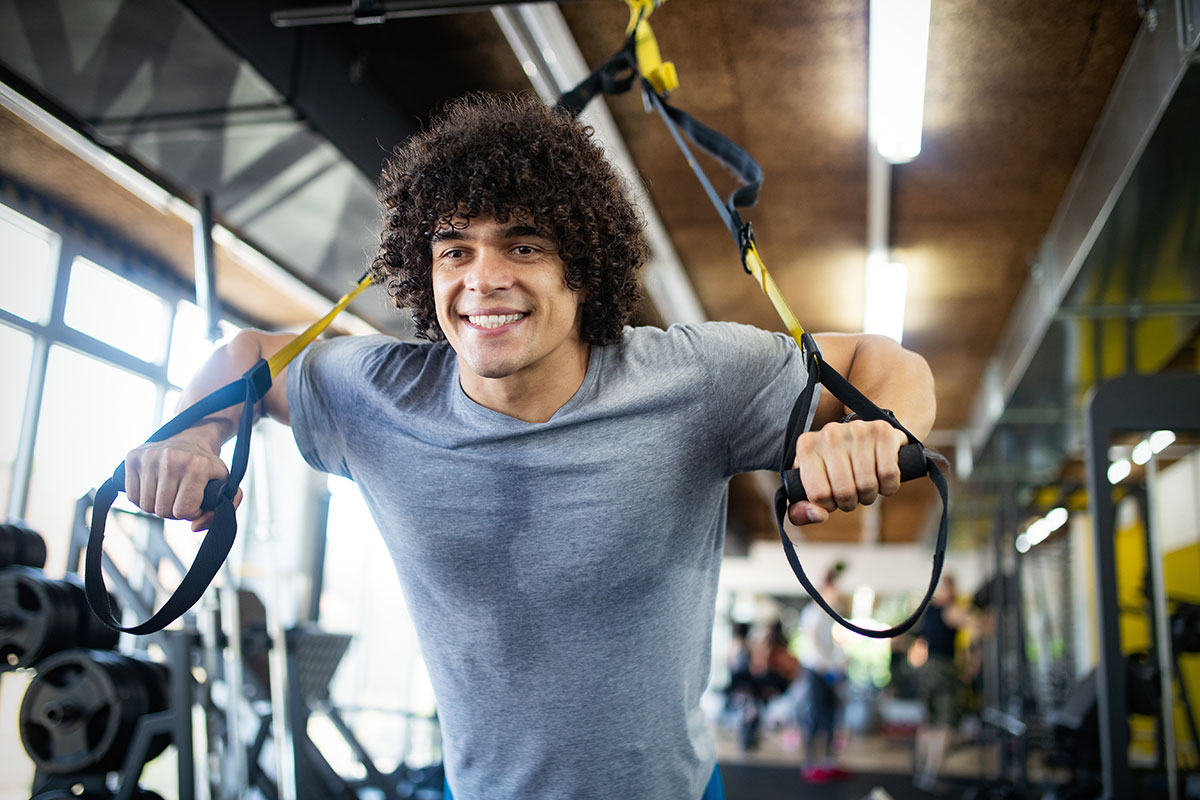
• TRX: To increase strength and mobility, use simple and effective TRX exercises. First and foremost, they should be one-legged squats, buttocks, crunches. First of all, they strengthen the lower parts of the body and increase mobility in the areas of ankles and hips.
• Exercise ball: This is an excellent tool that will strengthen the core muscles (abdomen, lower back, buttocks), which is the center of strength and the basis of almost any movement. Caring for these parties will allow you to maintain a good posture while running. Examples of exercises with the use of the ball are, for example, Russian twists, diagonal chop, Bulgarian split squat, lunge to rotation.
• Resistance rubbers: Available rubbers have different levels of resistance - match their strength to their abilities and purpose. It is worth doing exercises above all, such as side lunge with rubber above the knees - this is an amazing exercise that stabilizes and strengthens the work of the middle gluteal muscles. It is also worth introducing various types of swings with rubber above the ankle or pushing the hips with the tape over the knees.
Exemplary training plan
Below we present a prepared training plan combining various types of exercises and using training accessories described in the article.
Warm-up (before training A and B)
• Jogging - 5 minutes - raising the body temperature; running, bike, jump rope,
• Acceleration to the half of the pitch / halfway down, until it is completely stopped - 10 repetitions,
• Dynamic stretching - 4 minutes,
• Jump squat - 10 repetitions,
• Half-skip - technical tip for the client: we are leaning on ladders and in place we make two sprints as fast as possible with raising knees - 2 x 15 seconds.
PLAN A
• Walking sideways with resistance rubber above the knee line - 30 s on each side,
• One leg squat - 10 times on each leg,
• Chin-ups on TRX: 4 x 8 repetitions,
• Quick push-ups on the knees with clasps: 3 x 15 repetitions (2-minute break),
• Half-squat jump exercise: 4 x 20 repetitions (1.5-minute break),
• Stabilization exercises and deep muscle training with the use of an exercise ball - 10 minutes,
• Slow run on a distance of 60 meters - 5 times.
PLAN B
• Jump down - jump up exercise - we get on the crate, then jump down from it and after a while again we jump up - 4 x 8 repetitions (4-minute break),
• Lying bench press - 4 x 8 repetitions,
• Barbell front squat - 6 x 10 repetitions (1.5-minute break),
• Knee bending lying on a bench or machine - 4 x 20 repetitions,
• Calf raise - 4 x 12 repetitions on each leg,
• Slow run on a distance of 60 meters - 5 times.


